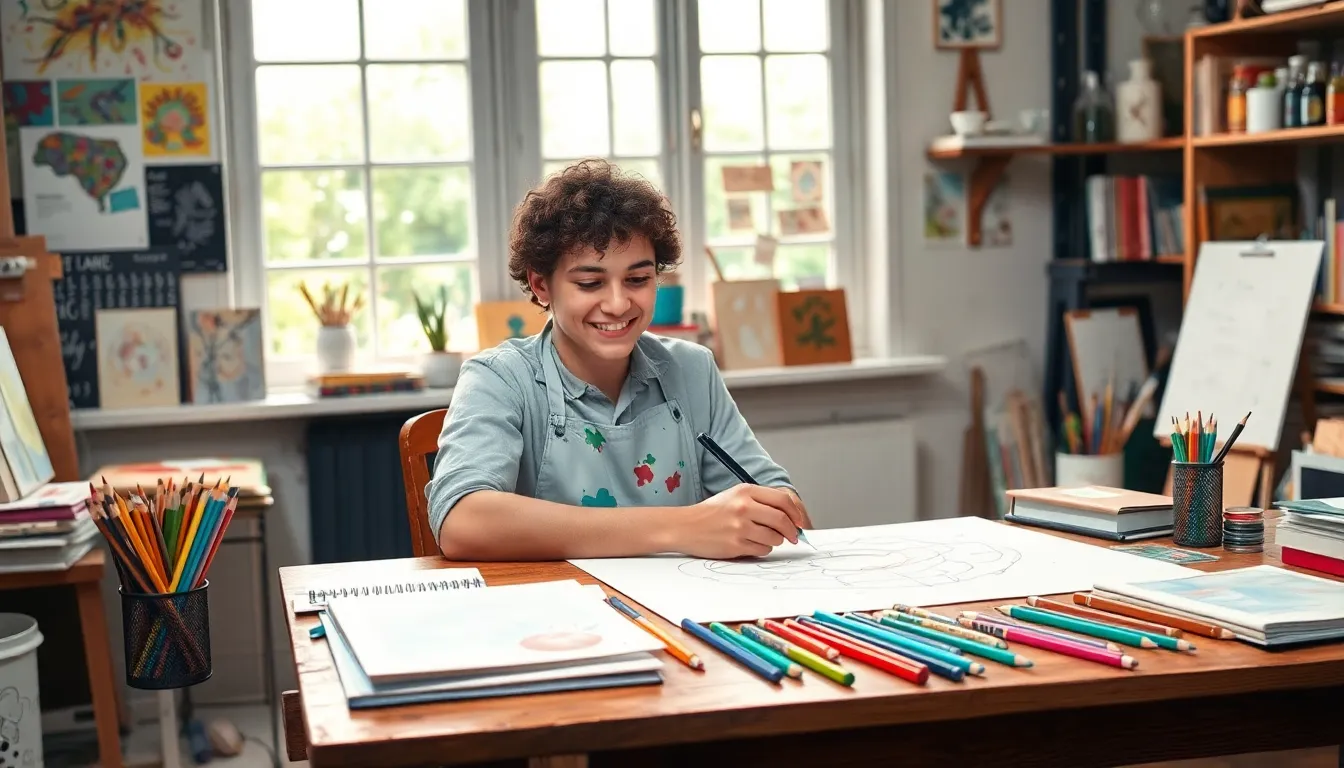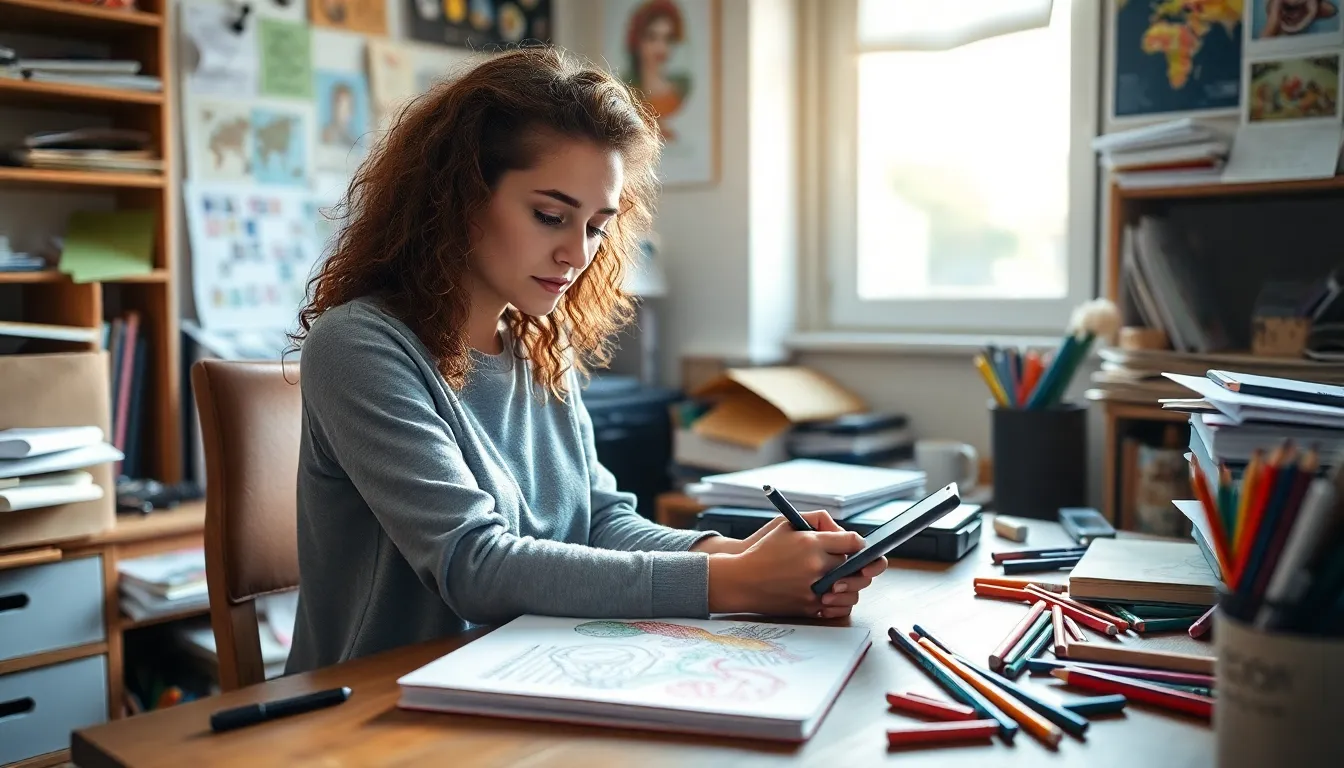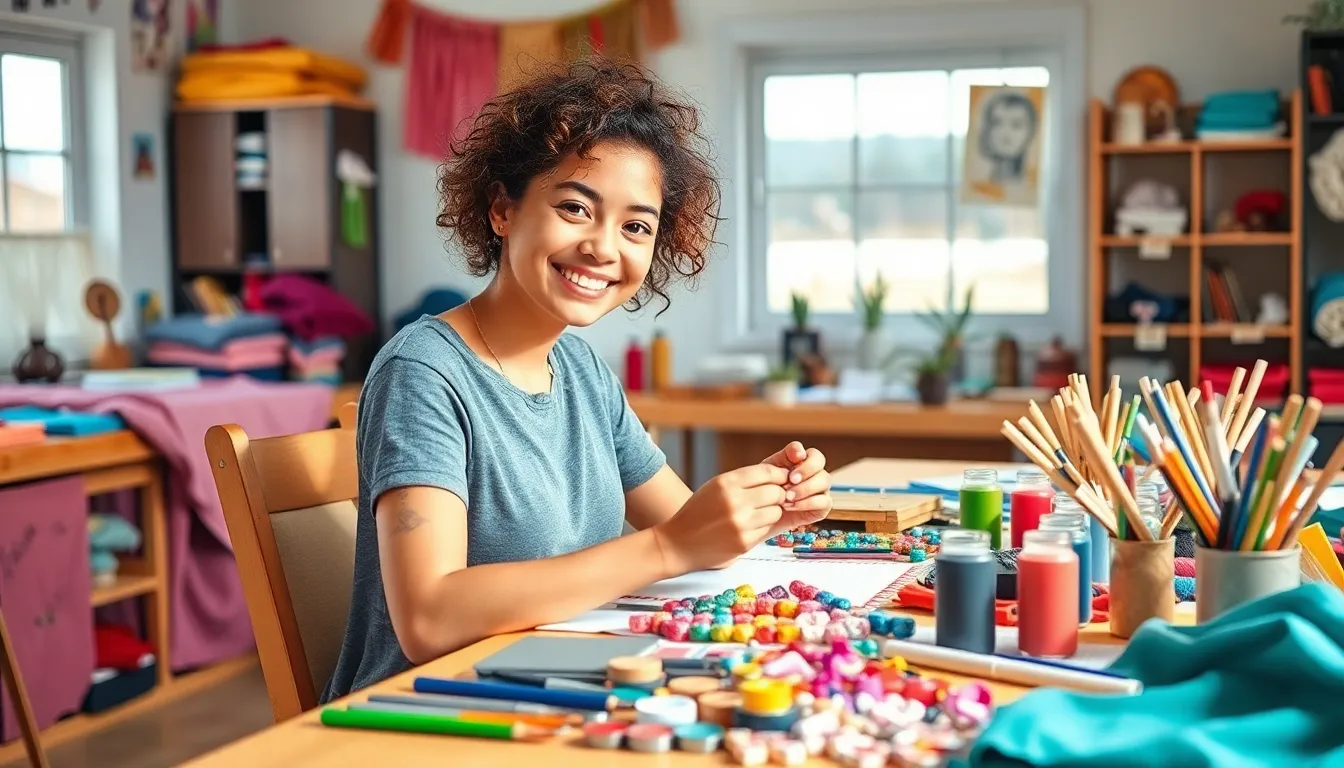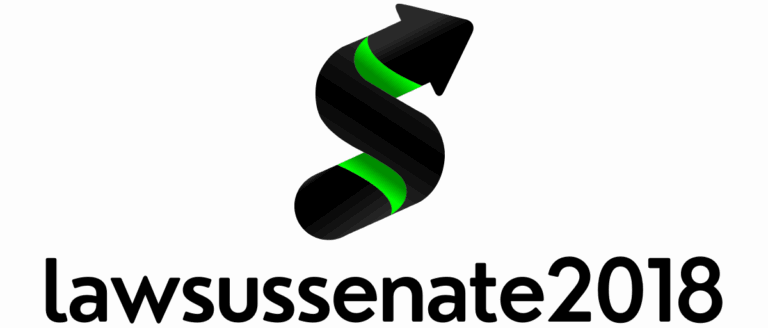In a world where deadlines loom and inspiration can feel like a mythical creature, motivation drawing swoops in like a superhero to save the day. Imagine transforming blank pages into vibrant canvases that spark creativity and ignite passion. It’s not just doodling; it’s a powerful tool that can turn procrastination into productivity faster than you can say “artistic genius.”
Whether you’re an artist struggling with a creative block or someone looking to unleash their inner Picasso, motivation drawing offers a fun and engaging way to stay focused. With each stroke of the pencil, it encourages self-expression and helps clarify thoughts, making the journey toward your goals a lot less daunting. So grab your sketchbook and let’s dive into the colorful world where motivation meets artistry, because who said getting inspired can’t be a little bit fun?
Table of Contents
ToggleUnderstanding Motivation Drawing
Motivation drawing serves as an effective method for individuals to express creativity and overcome artistic challenges. Engaging in this practice enhances productivity and encourages personal growth.
Definition of Motivation Drawing
Motivation drawing involves creating art with the intent to stimulate creativity and foster a positive mindset. This practice often includes doodling, sketching, or free drawing, allowing individuals to explore their ideas without the pressure of creating a finished piece. Artists frequently utilize this method to break through creative barriers. Motivation drawing emphasizes process over perfection, leading to a more enjoyable experience in creative expression.
Importance of Motivation in Art
Motivation plays a crucial role in an artist’s journey. A solid sense of motivation fuels creativity and sustains artists during challenging times. Without motivation, creative blocks can hinder progress, making artistic endeavors feel overwhelming. Establishing inspiration through motivation drawing can enhance mood and promote exploration. Additionally, motivated artists often produce work that reflects their authentic self. Engaging in this practice makes creativity accessible, ultimately leading to dynamic artistic growth.
Techniques for Motivation Drawing

Motivation drawing involves various techniques to enhance creativity and productivity. Artists can adopt several effective methods to stimulate their imagination.
Visualization Techniques
Visualization techniques play a crucial role in motivation drawing. Artists can envision their desired outcomes before engaging in any artistic endeavor. Creating mental images encourages clarity and direction. Sketching ideas rapidly without concern for accuracy helps free the mind from self-imposed limits. Artists can use mind mapping to connect thoughts visually, leading to unexpected insights. Participants may find that drawing what they visualize fosters a deeper connection to their work.
Setting Goals and Objectives
Setting goals and objectives creates a structured approach to motivation drawing. Artists should define specific, measurable, attainable, relevant, and time-bound (SMART) goals. Writing down goals enhances accountability and provides direction. Break larger objectives into smaller tasks to make the process manageable. Regularly reviewing progress keeps motivation high and helps maintain focus. Artists find that celebrating small achievements encourages continuous engagement with their creative practice.
Tools and Materials for Motivation Drawing
Having the right tools and materials enhances the motivation drawing experience. Both traditional and digital options provide ways to express creativity.
Essential Drawing Supplies
Pencils offer versatility for sketching ideas and creating initial outlines. Fine liners add detail and precision for final touches. Charcoal provides richness in shading, while colored pencils enable vibrant expressions. A sketchbook serves as a personal canvas for experimentation, making it easy to capture moments of inspiration. Erasers play a crucial role in refining sketches and allowing for corrections. Lastly, markers can bring boldness and clarity to drawings, aiding in visual storytelling.
Recommended Digital Tools
Drawing tablets facilitate a seamless transition from traditional to digital art. Software like Procreate and Adobe Fresco offers various brushes and features for diverse styles. Stylus pens provide accuracy and pressure sensitivity, enhancing the drawing experience. Cloud storage ensures easy access to artwork across devices, encouraging consistent creativity. Online communities and platforms foster collaboration and inspiration, promoting artistic growth. Using digital boards for brainstorming ideas streamlines the creative process and enhances productivity.
Overcoming Creative Blocks
Creative blocks often present significant hurdles for artists. These challenges can stem from self-doubt, lack of inspiration, or external pressures. Individuals might struggle with fear of failure or perfectionism, leading to hesitation in starting new projects. Distractions from daily life can further hinder focus, making it hard to engage in motivation drawing effectively.
Common Challenges in Motivation Drawing
Self-doubt can arise when comparing one’s work to others. Individuals might find that fear of judgment stifles their creativity. The unpredictability of motivation often complicates the drawing process. For many, the absence of routine can result in periods of low artistic output. Environmental factors, such as noise or clutter, may contribute to a lack of concentration. These challenges can make motivation drawing feel less attainable.
Strategies to Combat Motivation Issues
Setting aside dedicated time for drawing creates a consistent routine. Individuals should establish a distraction-free environment to enhance focus. Incorporating short breaks allows for mental refreshment during long sessions. Engaging with fellow artists through workshops or online communities fosters connection and shared inspiration. Experimenting with different materials or techniques can reignite interest in the process. Emphasizing the joy of drawing over outcomes encourages a more relaxed mindset, facilitating creativity.
Motivation drawing stands as a transformative practice for anyone looking to unleash their creative potential. By prioritizing the process over perfection, individuals can enjoy a more fulfilling artistic journey. This approach not only fosters self-expression but also cultivates a positive mindset that encourages exploration and growth.
Embracing various techniques and tools can further enhance the motivation drawing experience, making creativity accessible and enjoyable. Overcoming challenges like self-doubt and distractions becomes easier with a consistent routine and a supportive environment. Ultimately, motivation drawing invites artists to engage with their creativity in a way that feels authentic and rewarding, paving the way for dynamic artistic development.




